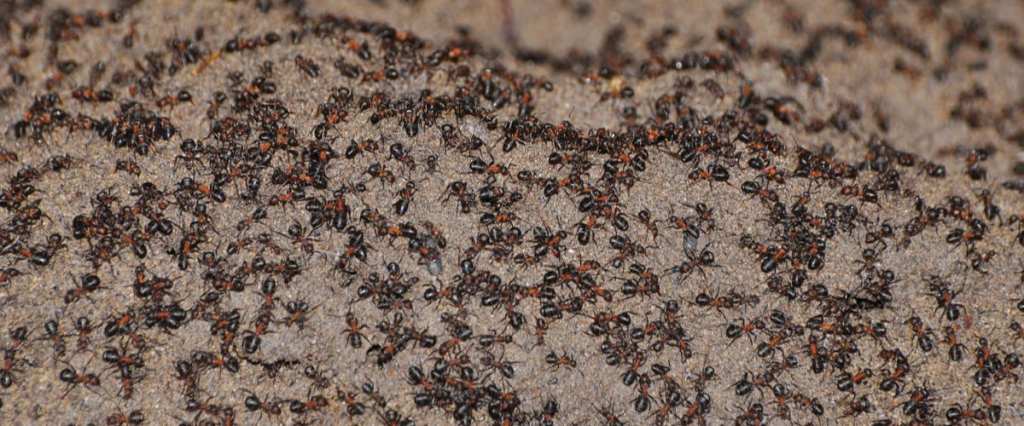In a bizarre, isolated microcosm of nature, hundreds of thousands of worker ants have been forced to survive by eating the “corpses of their imprisoned nestmates” after they found themselves trapped in an abandoned nuclear bunker in Poland. Apparently, some individuals fell through a vent in the ceiling and were unable to climb back up to their “mother nest.” They were left little choice if they wanted to survive (not that ants really make “choices” in that way).
The nest was first discovered in 2013, when researchers intending to study bats found close to a million worker ants in the confined space with no light, no source of food, and a year-round temperature that averaged only 10 degrees C. They were immediately intrigued, and wanted to understand how – without a queen, without their typically sources of food, and without sunlight – they were thriving.
Scientists are looking at the situation as an opportunity to learn more about the complex evolutionary history of the ants, and have since released the survivors into their “mother nest” once again – basically just to see what happens.

Image Credit: The Journal of Hymenoptera Research, CC BY 4.0
“The present case adds a dimension to the great adaptive ability of ants to marginal habitats and suboptimal conditions, as the key to understanding their unquestionable eco-evolutionary success,” the authors wrote in their paper.
Before they reintroduced the cannibals into the world, scientists had to confirm that the nest above the ventilation shaft was where the ants had come from in the first place. They took a few individuals and set them along the outskirts of the “mother nest,” and after observing that none of the ants were attacked as outsiders, they were reasonably sure their hypothesis was correct.
Three years later, they decided to help the ants free themselves. They took a 3-meter-long boardwalk in the bunker and set it up as a ramp that led from the floor to the ceiling vent. The ants made their way out from there.

Image Credit: The Journal of Hymenoptera Research, CC BY 4.0
“Soon after the boardwalk had been installed, single ants started to inspect it,” noted the authors.
Within 6 months, and with no further intervention, the bunker was nearly empty. Ants continued to fall through the pipe, but the typically found the ramp and returned to their nest room afterward.
Scientists were thrilled to learn more about the “monumental” ability of wood ants to adapt to “marginal habitats and suboptimal conditions.” We now know they’re able to not only survive, but are able to self-organize and work together without a queen, and without contact with their original nest.
This strange turn of misfortune for the ants has turned into something of a win for science and for all of us – because the better we can understand how insects like ants have managed to survive and to thrive, despite the circumstances, the better prepared we can be to face such inevitable changes ourselves.






